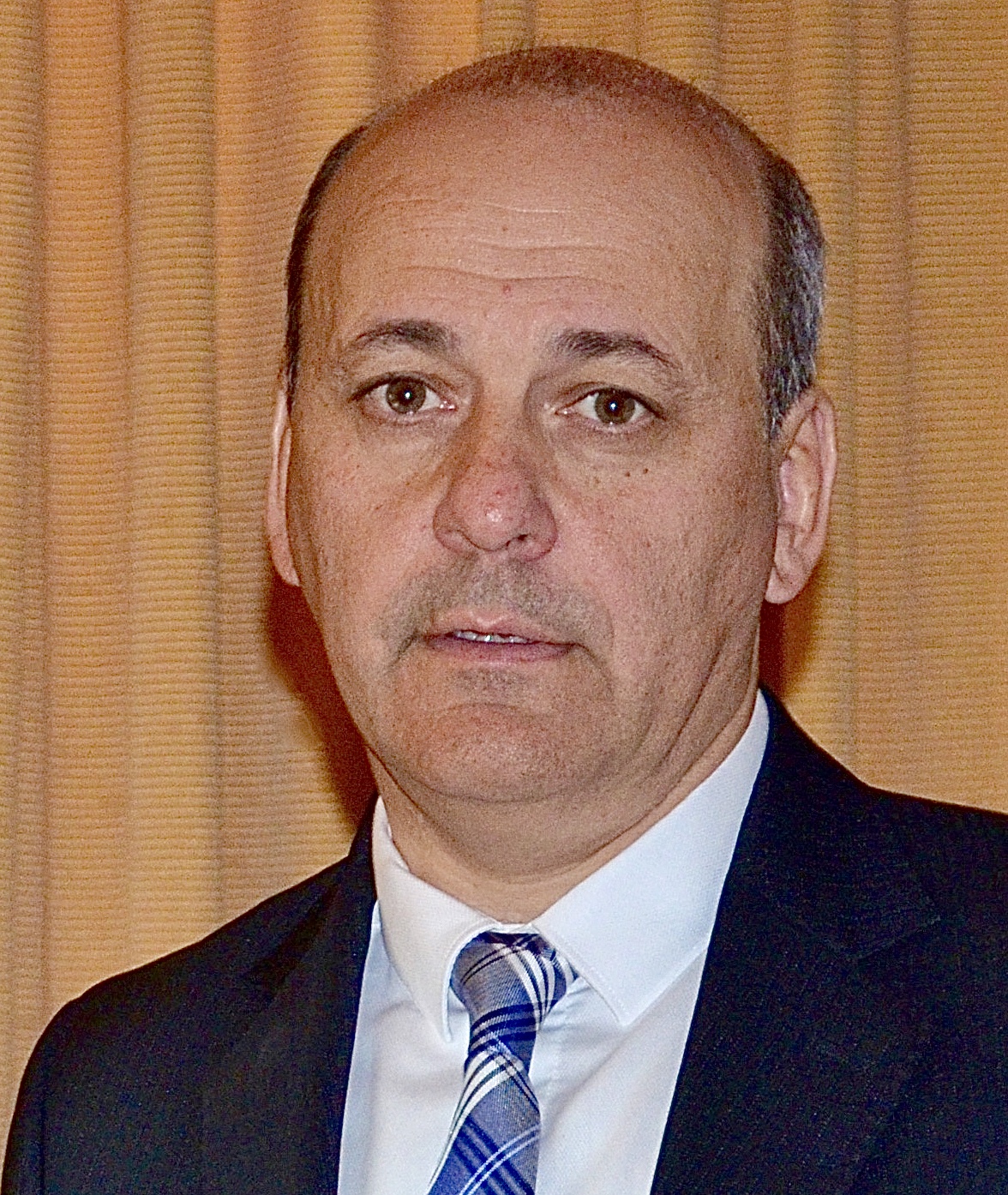
Multiple TTV species simultaneously detected in renal transplant recipients
Noelia Reyes1, Pietro G Spezia2, Raquel Jara1, Fabio Filippini3, Natalia Boccia4, Gonzalo Garcia4, Eliana Hermida1, Carlos Diaz4, Gervasio Soler Pujol4, Fernando A Poletta5, Gustavo Laham4, Mauro Pistello3, Fabrizio Maggi2, Marcela Echavarria1.
1Virology Unit, CEMIC University Hospital (CEMIC-CONICET), CABA, Argentina; 2Laboratory of Virology, National Institute for Infectious Diseases Lazzaro Spallanzani – IRCCS, Rome, Italy; 3Department of Translational Research, University of Pisa, Pisa, Italy; 4Department of Nephrology, CEMIC University Hospital, CABA, Argentina; 5Genetic Epidemiology Laboratory, CEMIC University Hospital (CEMIC-CONICET), CABA, Argentina
Introduction: Torque Teno Virus (TTV), a nonpathogenic ssDNA virus, is highly prevalent in the general population (90%) and can reach 100% in transplanted patients. TTV has been proposed as a surrogate marker of immunosuppression in transplant patients.
TTV is a member of the Anelloviridae family, classified into 22 species (including more than 100 different strains). Data on TTV species in renal transplanted recipients is limited.
Objective: a- to determine TTV species diversity in renal transplant patients, b- to evaluate TTV species variability within the same host, c- to associate TTV viral load and number of species detected.
Methods: As part of a cohort study currently being conducted at CEMIC University Hospital, renal transplant recipients are prospectively followed to monitor TTV viral load.
Plasma samples from 27 recipients, taken before and after transplantation, were selected for determining TTV species diversity (different TTV species in the same sample) and variability (different species over time within the same host) using next-generation sequencing (NGS).
TTV viral load was determined using two real-time PCR assays (Home-Brew PCR and R-GENE®PCR), followed by Rolling circle amplification-NGS and ORF1 phylogenetic analysis. TTV diversity was determined in all samples. TTV species variability throughout time was evaluated in 11 patients.
Results: A total of 50 plasma samples from 27 patients were successfully typed. Overall, 15 different species were detected by both real-time PCR.
Most of the samples presented multiple TTV species. Median number of TTV species per sample was 3.5 (IQR: 2.0-6.0), with a maximum of 10 different TTV species detected in 2 samples. Most prevalent species were TTV29 (56%), followed by TTV3 (48%) and TTV13 (48%).
In the pre-transplant period (n = 12), median number of species per sample was 5 (IQR: 4–7.5) and the most prevalent species were TTV3 (75%) and TTV13 (75%). TTV median viral loads were 3.0 and 2.8 Log10 copies/mL with Home-Brew PCR and R-GENE®PCR, respectively.
In the post-transplant period (n = 38), median number of species per sample was 3.0 (IQR: 1.8–5.0) and TTV24 was the most prevalent (55%), followed by TTV3 (39%) and TTV13 (39%). TTV median viral loads were 7.8 and 7.1 Log10 copies/mL with Home-Brew PCR and R-GENE®PCR, respectively.
Regarding variability, most patients presented a decreasing number of TTV species throughout the post-transplant period. Additionally, there were changes in the type of species detected within the same host. However, some species, such as TTV13, TTV21, and TTV24, were detected at multiple time points.
Conclusions: Multiple TTV species were simultaneously detected in renal transplant patients, particularly in the pre-transplant period.
Higher TTV species diversity was not associated with a higher TTV viral load.
Different number and types of TTV species were detected throughout time in the same patient.
We are very grateful to Philippe Bourgeois and Carole Janis for all the support and effort in providing the TTV R-GENE® kits (bioMérieux, Marcy-l’Etoile, France). .
[1] renal transplant recipients
[2] Torque Teno Virus
[3] TTV species
